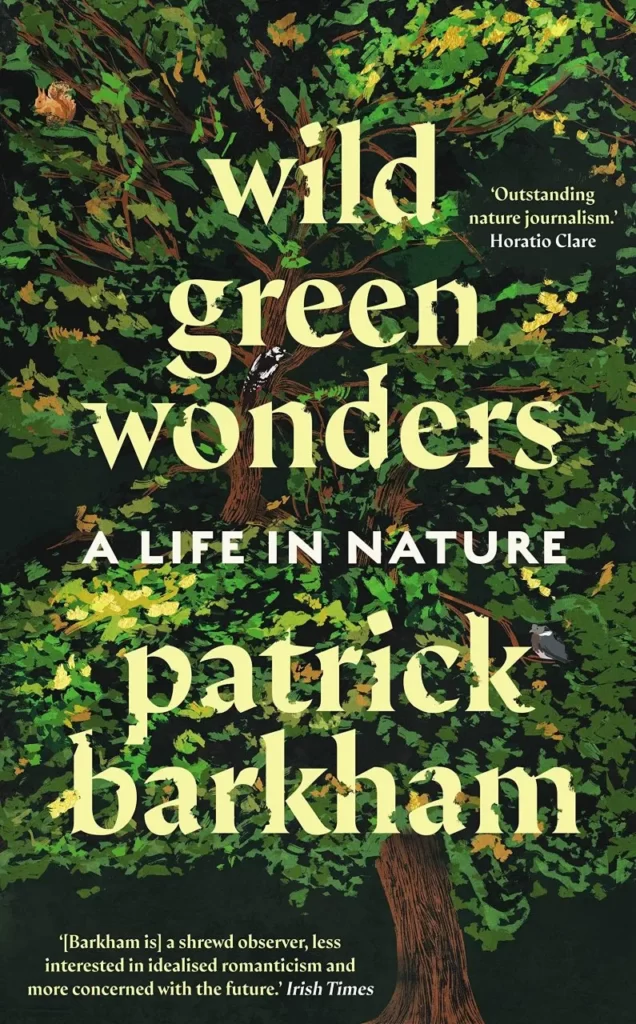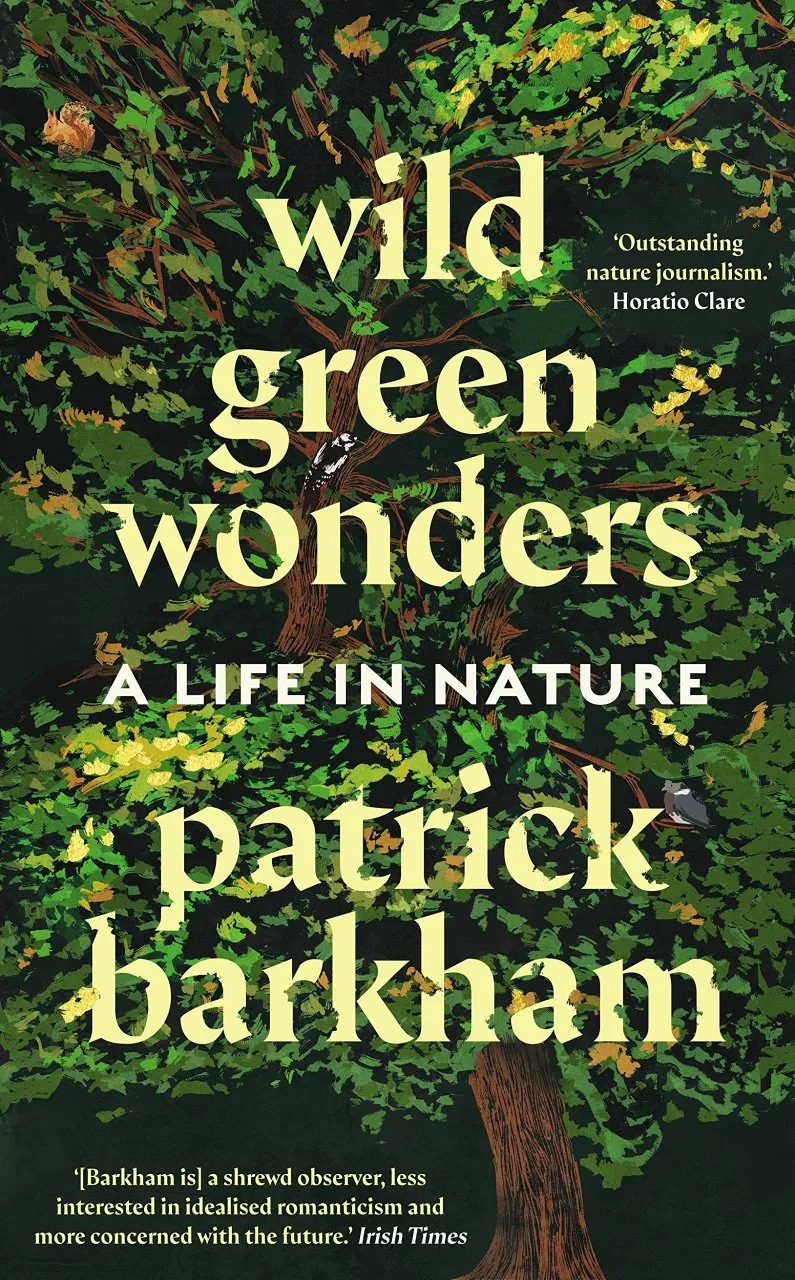A collection of Patrick Barkham’s eco-reporting for The Guardian over the past 20 years, Wild Green Wonders bears witness to the state of wild nature today and the events that have shaped it. It is as much about people as about nature, individual people with hopes and ideas, often below the corporate radar: yew-tree measurers, illicit releasers, latter-day hermits, squirrel-worshippers. Some reports are short, others more like essays than routine journalism, such as the 6,000 words on the buy-out of Eigg, or the race to save the Turtle Dove, or the killing of Hen Harriers. Most of it is from home turf, but with excursions to Greenland, Tuvalu and Åland, the island archipelago off Finland. Barkham is often hands-on, walking the entire route of the first phase of HS2, or diving to the bottom of Roger Deakin’s famous moat.
‘Siding with the planet is siding with the underdog’ is Barkham’s mantra. Unusually for a newspaper journalist, he is definitively onside, the son of a well-known ecologist, with a way of writing that comes from within as well as without. He has the journalist’s knack of asking the right questions, and allowing the proponent’s argument to develop, but he also has a naturalist’s knowledge and a naturalist’s sympathy. He is easily the best nature correspondent we have.
The collection is divided into six sections. ‘Living with animals and plants’ is about what compels people to root for rare bats, shout for swifts, or, conversely, in the ‘peculiarly British impulse’ of bird-egg collecting, steal from nature. The second section, ‘Wild places’, ranges from Eigg and St Martin’s to the ‘hybrid edge-land’ of Canvey Wick and a bus-tour of the M25, which ‘seduces you with its banality’.
‘Animal Rights and Wrongs’ wades into controversies such as the culling of one squirrel species to save another, and extending to whether exotic species are ‘vandals’, to the consequences of living with recently arrived wolves and lynxes, and ‘Britain’s last lion-tamer’.
‘Wild people’ begins of course with Sir David Attenborough, whose seven decades of television reporting began with a warning that ‘private convictions should not be aired in public’. It includes thought-provoking interviews with the man who saved the Mauritius Kestrel, with a woman who talks to animals, with Brian May, the rockstar, who sees saving nature in terms of animal rescue, and with 99-year-old Ronald Blythe, the patriarch of rural writing, who went shopping with E. M. Forster and slept with Patricia Highsmith.
‘Saving the Planet’ includes the Clochemerle-like tale of the war on Sheffield’s street trees (‘big old trees cost more to maintain’), the uprooting of land and lives along the route of HS2 (‘the first mainline inter-city railway since 1899’), and ‘the dangerous idea that we can plant our way out of the climate crisis’ – dangerous because so many celebrities believe in it.
Finally, we face the future with a detailed account of the rewilding experiment at Knepp (‘almost a victim of its own success’), the merits of introducing beavers, sea eagles and other keystone creatures, and finishing with two teenagers’ ambitious plans to create a breeding facility in which to release lost reptiles and amphibians.
As British Wildlife readers know, Barkham dispenses with literary glitter to get to the heart of an issue, straightforwardly, sometimes understatedly, even modestly, but with an infectious charm and, I think, an innate generosity. I like his writing very much. It informs, it reads well, it takes you to unexpected places, and leaves you thinking afterwards. This is good journalism.

